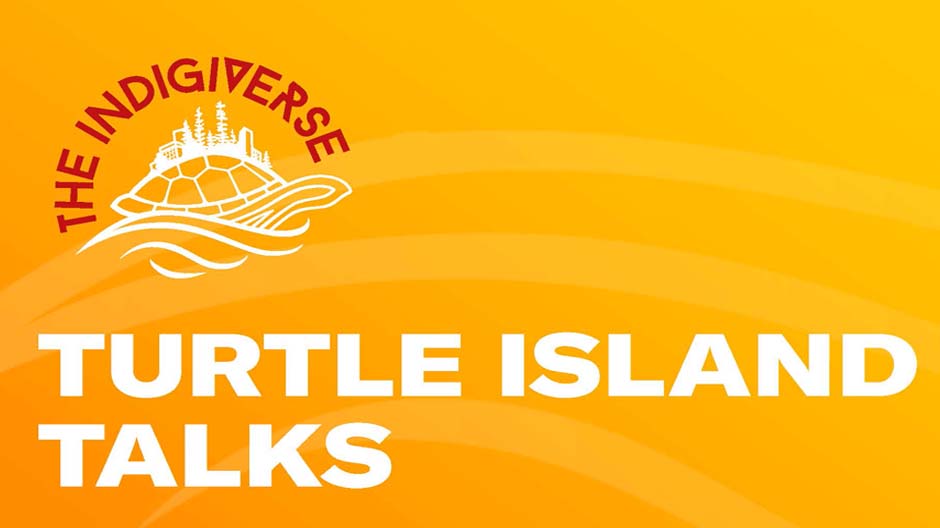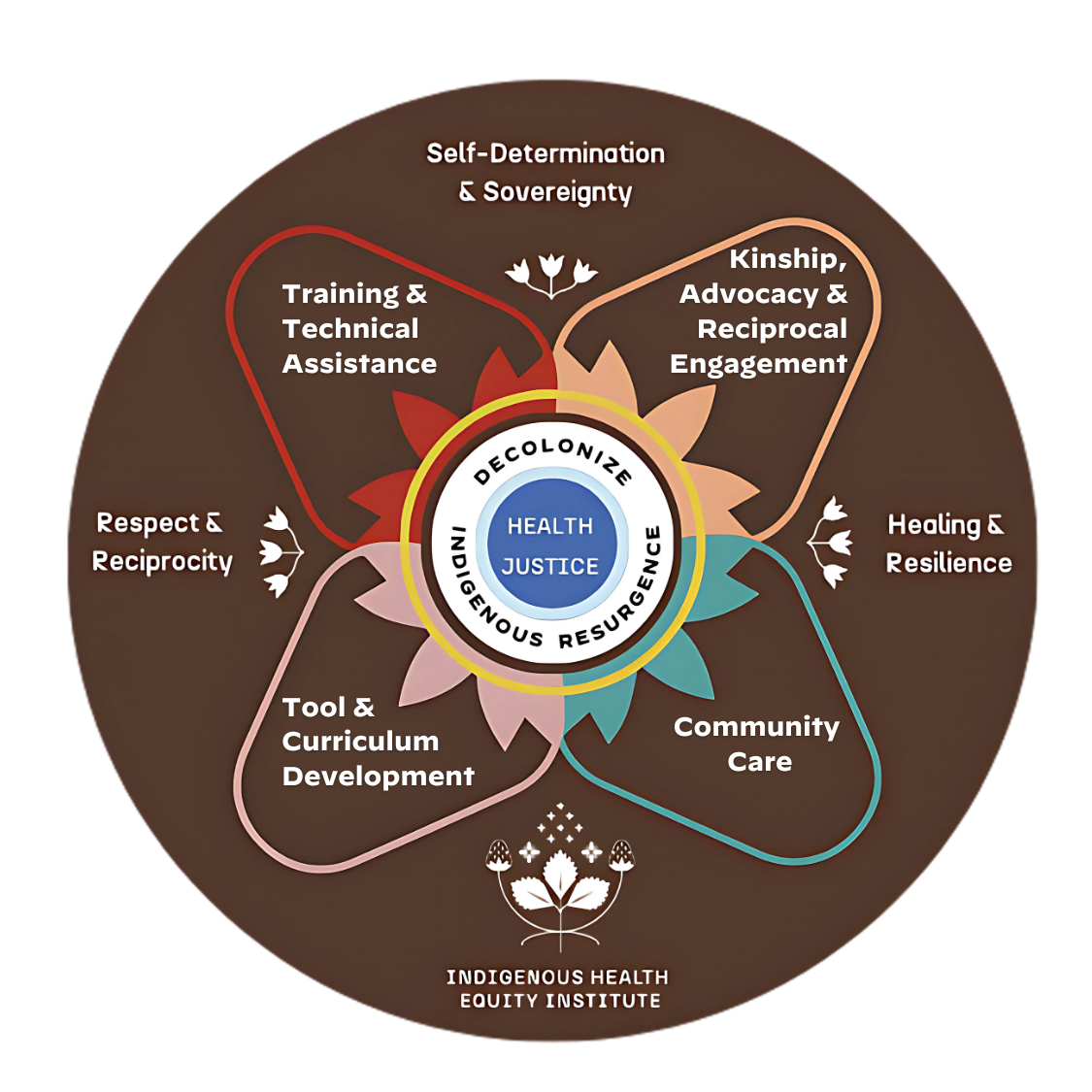
The Unfinished Healing: Reclaiming Health Equity on Turtle Island
On Turtle Island, the profound and enduring chasm in health outcomes between Indigenous and non-Indigenous populations stands as a stark indictment of colonial legacies and systemic inequities. It is a gap measured not just in statistics, but in stolen years of life, preventable illnesses, and the silent suffering of communities grappling with the weight of intergenerational trauma. Achieving health equity for Indigenous peoples is not merely a matter of access to healthcare; it is a fundamental act of justice, reconciliation, and the restoration of sovereignty over mind, body, and spirit.
The statistics paint a grim picture. Indigenous peoples across Canada and the United States face significantly higher rates of chronic diseases such as diabetes, cardiovascular disease, and certain cancers. Life expectancy for First Nations people in Canada, for instance, remains up to 10 years less than for the non-Indigenous population, a disparity mirrored, though sometimes with regional variations, among Native Americans in the U.S. Mental health crises, including alarmingly high rates of suicide, particularly among youth, are a constant tragedy, reflecting deep-seated pain and a lack of culturally appropriate support systems. Substance use disorders further complicate this landscape, often serving as coping mechanisms for unresolved trauma.
At the root of these disparities lies a complex web of historical and ongoing injustices. Colonialism systematically dismantled Indigenous social, political, and economic structures, dispossessed communities of their lands, and suppressed cultural practices. The forced assimilation policies, most notably through residential schools in Canada and boarding schools in the U.S., inflicted profound and enduring intergenerational trauma. Children were forcibly removed from their families, forbidden to speak their languages, and subjected to abuse, neglect, and cultural genocide. The devastating impacts of these institutions – the loss of parenting skills, the erosion of cultural identity, and the deep-seated mistrust of governmental institutions – reverberate through generations, manifesting as complex post-traumatic stress, anxiety, and depression that directly impact physical health.
Beyond the historical, contemporary systemic racism continues to permeate healthcare systems. Indigenous individuals frequently report experiences of discrimination, stereotyping, and inadequate care when seeking medical attention. A seminal report in British Columbia, Canada, titled "In Plain Sight," revealed widespread anti-Indigenous racism in the province’s healthcare system, with Indigenous patients being subjected to derogatory comments, substandard treatment, and even neglect. These experiences deter many from seeking care until conditions become critical, further exacerbating health outcomes. The tragic death of Joyce Echaquan, an Atikamekw woman who live-streamed the racist abuse she received from hospital staff in Quebec, served as a stark, horrifying reminder of the overt racism that persists.
The social determinants of health are profoundly skewed for many Indigenous communities. Decades of underfunding and neglect have left many reserves and reservations without adequate infrastructure. Access to clean, safe drinking water remains a critical issue for numerous First Nations communities in Canada, with some enduring boil water advisories for decades. Poor housing conditions, marked by overcrowding, mold, and lack of sanitation, contribute to respiratory illnesses, infectious diseases, and mental health challenges. Food insecurity is rampant, as traditional food systems have been disrupted, and healthy, affordable food options are scarce in remote communities, leading to reliance on processed, nutrient-poor foods that contribute to chronic diseases. Educational and economic opportunities are often limited, trapping communities in cycles of poverty that are direct drivers of poor health.
.png?format=1500w)
Achieving health equity demands a radical paradigm shift from a deficit-based approach to one rooted in Indigenous self-determination, cultural safety, and reconciliation. The Truth and Reconciliation Commission of Canada’s Calls to Action, particularly those related to health, provide a roadmap. Call to Action #18, for instance, explicitly calls upon federal, provincial, territorial, and Indigenous governments to close the gaps in health outcomes between Indigenous and non-Indigenous communities, and to establish measurable goals and timelines. Similarly, the United Nations Declaration on the Rights of Indigenous Peoples (UNDRIP), which both Canada and the U.S. have endorsed, affirms Indigenous peoples’ right to health and to maintain their traditional medicines and health practices.
Central to this shift is the concept of culturally safe healthcare. This goes beyond cultural sensitivity; it requires healthcare providers and systems to actively challenge power imbalances, recognize and respect Indigenous cultural identities and experiences, and create environments where Indigenous patients feel safe, respected, and understood. This means integrating traditional healing practices alongside Western medicine, ensuring Indigenous representation in healthcare leadership, and providing anti-racism training that addresses both implicit bias and overt discrimination. It means recognizing the holistic view of health held by many Indigenous cultures, where physical, mental, emotional, and spiritual well-being are intrinsically linked and connected to the land, community, and ancestors.
Furthermore, true health equity cannot be achieved without addressing the underlying social determinants of health through Indigenous-led initiatives. This includes significant investment in infrastructure – clean water, safe housing, reliable internet – and supporting Indigenous control over education, economic development, and land management. When communities have the resources and autonomy to design and implement solutions that reflect their unique needs and cultural values, outcomes improve dramatically. Examples abound, from community-led diabetes prevention programs incorporating traditional foods and activities, to Indigenous-managed mental wellness services that blend Western therapeutic approaches with traditional ceremonies and Elder wisdom.
The process of reconciliation is not just about acknowledging past harms; it is about actively working to redress them and build a more just future. For health equity, this means honouring treaties, upholding land rights, and investing in Indigenous governance. It means decolonizing healthcare policy and practice, moving away from paternalistic approaches to genuine partnerships built on trust and mutual respect. It also requires non-Indigenous society to confront its own biases, educate itself on Indigenous histories and cultures, and become allies in advocating for systemic change.
The journey towards Indigenous health equity on Turtle Island is long and complex, but it is a moral imperative. It is a call to action for governments, healthcare systems, and individuals to dismantle the structures of colonialism, confront systemic racism, and empower Indigenous communities to reclaim their inherent right to health and well-being. The healing of Indigenous peoples is inextricably linked to the healing of the land and the nation itself, promising a more just, resilient, and equitable future for all. The unfinished work of healing awaits.



